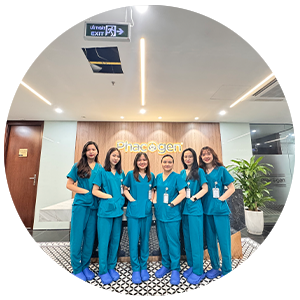By increasing the presence of lncRNA molecules, the tumor cell's lipid depot is reduced; This causes the tumor cells to stop dividing and they eventually die.
Researchers at the Karolinska Institute say they have identified a specific connection between a protein and an lncRNA molecule in liver cancer. By increasing the presence of lncRNA molecules, the tumor cell's lipid depot is reduced; This causes the tumor cells to stop dividing and they eventually die.
.
The study “The CCT3-LINC00326 axis regulates hepatocarcinogenic lipid metabolism” published in Gut, contributes to advancing knowledge that can support better diagnosis and future cancer treatments.
.
“To better understand the transcriptional phenotype of cancer cells, we characterized RNA binding proteins (RBPs) to identify altered RNAs, including long noncoding RNAs (lncRNA)”.
.
“To clarify RBP-lncRNA interactions in cancer, we curated a list of nearly 2,300 RBPs that are highly expressed in human cells. Then tested the impact of RBP and lncRNA on patient survival in multiple cohorts, varying expression levels and integrating various sequences, molecules and cells.”
.
“High expression of RBPs negatively affects patient survival in 21 cancer types, especially hepatocellular carcinoma (HCC). After removing 10 overexpressed RBPs and analyzing the transcriptome, we identified 88 differentially expressed lncRNAs, including 34 novel transcript sequences. CRISPRa-mediated overexpression of four lncRNAs had major effects on HCC cell phenotype and transcriptome. Further investigation of the four RBP-lncRNA pairs revealed involvement in distinct regulatory processes.”
.
“RBP-lncRNA binding most significantly affects lipid metabolism. Accordingly, RBP CCT3 regulates LINC00326 in a chaperonin-independent manner. Disturbance of the CCT3-LINC00326 regulatory network leads to reduced lipid accumulation and increased lipid degradation in cellulo as well as reduced tumor growth in vivo.”
.
“We found that RBP gene expression is disturbed in HCC and determined that RBPs perform functions other than their duties under normal physiological conditions, which can be stimulated or enhanced through lncRNAs and influence tumor growth.”
.
“With tissue donated by liver cancer patients, we were able to map both the coding and noncoding parts of the genome to determine which RNA-binding proteins are abundant in liver cancer cells. . We discovered that many of these proteins interacted with a type of RNA molecule, called lncRNA.” Senior author of the study, Claudia Kutter, PhD, researcher in the department of microbiology, tumor and cell biology, Karolinska Institute.
.
The research team conducted a more detailed study of the specific pairing of an RNA binding protein (CCT3) and an lncRNA molecule (LINC00326). Using CRISPR technology, they were able to both reduce and increase the amount of protein and lncRNA to see how it affected cancer cells. When lncRNA is increased, the tumor cell's lipid stores decrease, cell division stops, and many cancer cells die. After laboratory studies, the results were also verified in vivo.
.
The researchers' findings provide insight into the interactions between RNA binding proteins and lncRNA molecules, contributing to a more scientific understanding of their role in tumors.
.
“The activities of CCT3-LINC00326 could be used in liver cancer diagnosis and prognosis,” said study first author Jonas Nørskov Søndergaard, PhD, a researcher in Kutter's research group. know. “However, knowledge of this particular pairing is just the beginning and there are many more combinations of RNA binding proteins and lncRNA molecules that we will study further. In the long term, these findings could help contribute to new and effective treatments such as RNA-based treatments that target only diseased cells, with the potential for reduced side effects.”
.
Translator: Thanh Long
Nguồn: https://www.genengnews.com/news/improving-liver-cancer-diagnosis-and-therapy/





